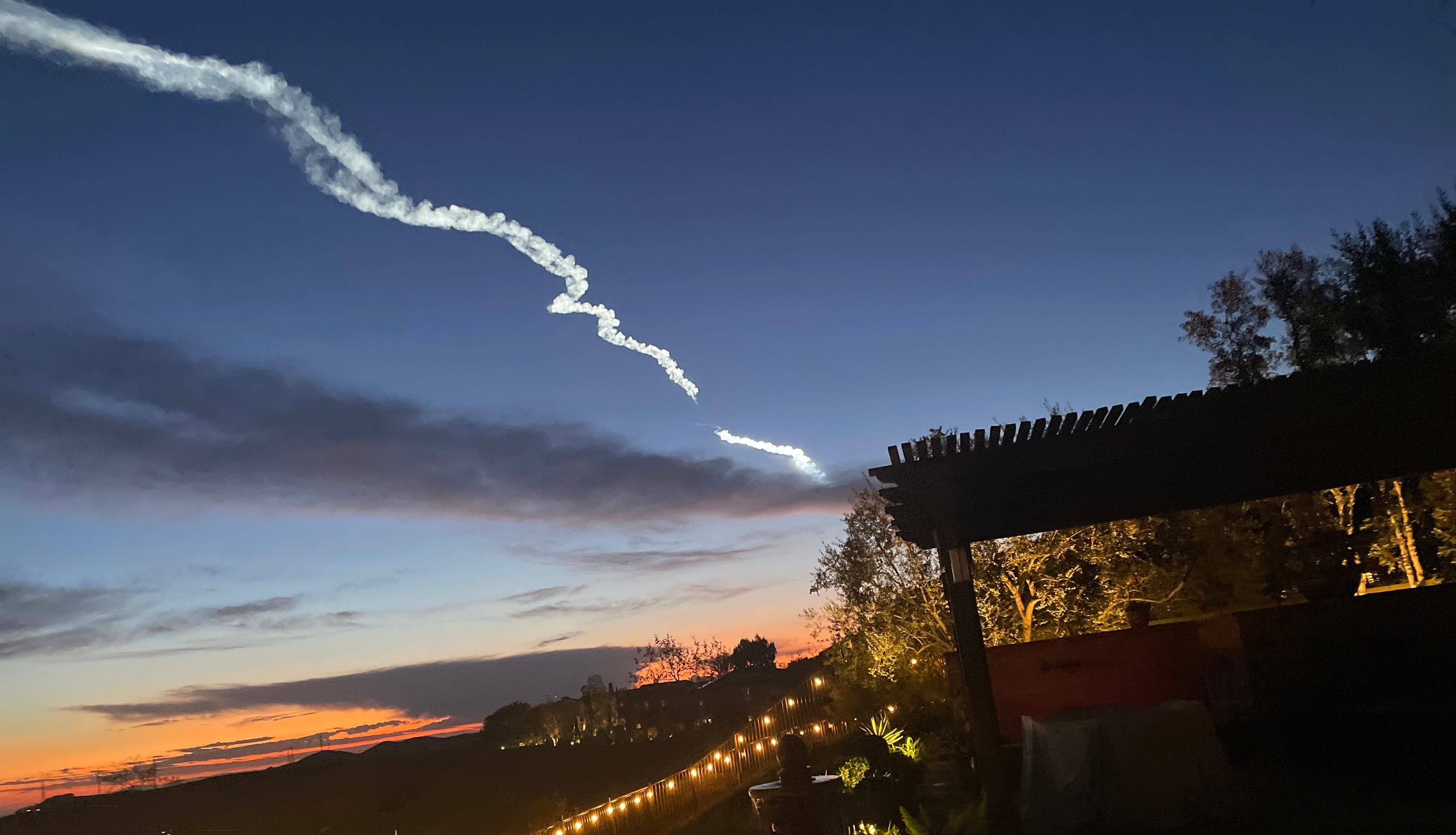Steady rain that's been drenching Southern California has put a damper on SpaceX's plan to launch a rocket from the California coast Saturday.
Originally slated for Thursday, plans for a Falcon 9 rocket launch were once again postponed after a spring storm delivered measurable rain to the region. The company announced on X that "unfavorable weather" was the culprit behind the latest drawback.
The rocket was set to launch from Vandenberg Space Force Base, northwest of Santa Barbara and soar along the coastline. It is now unclear when the company plans for liftoff.
Get top local stories in Southern California delivered to you every morning. Sign up for NBC LA's News Headlines newsletter.
The launch was originally scheduled for Thursday, then re-scheduled for Friday before another delay. Backup opportunities are available again on Sunday, starting at 7:30 p.m. PT.
This spring storm delivered at least an inch of rain across much of the Southland since its arrival late Friday, and is slated to bring more moisture through the weekend. A chance of showers will linger into Monday.
If skies are clear enough and the rocket lifts off at the right time, the Falcon 9 and its exhaust plume are often illuminated by the setting sun against the backdrop of a darkening sky, such as during the Feb. 8 SpaceX Falcon 9 launch. Launches just after sunset and before sunrise usually provide the best views as the rocket reflects the sun's rays with a dark sky in the background.
The Falcon 9 rocket will carry 22 Starlink internet satellites into low-Earth orbit. It may also produce a sonic boom a few minutes after liftoff that could be heard along the parts of the coast.
SpaceX has a Starlink constellation of satellites orbiting Earth about 340 miles up, shuttled into space by the company's rockets. The Starlink network is designed to deliver high-speed internet anywhere around the globe.
If light conditions are right, the satellites appear in a train as they parade across the night sky. The satellites are sometimes visible in the first few minutes after sundown and before sunrise when the sun is below the horizon, but the satellites are high enough to reflect direct sunlight.
Use the FindStarlink tracker to find the best upcoming viewing times.



